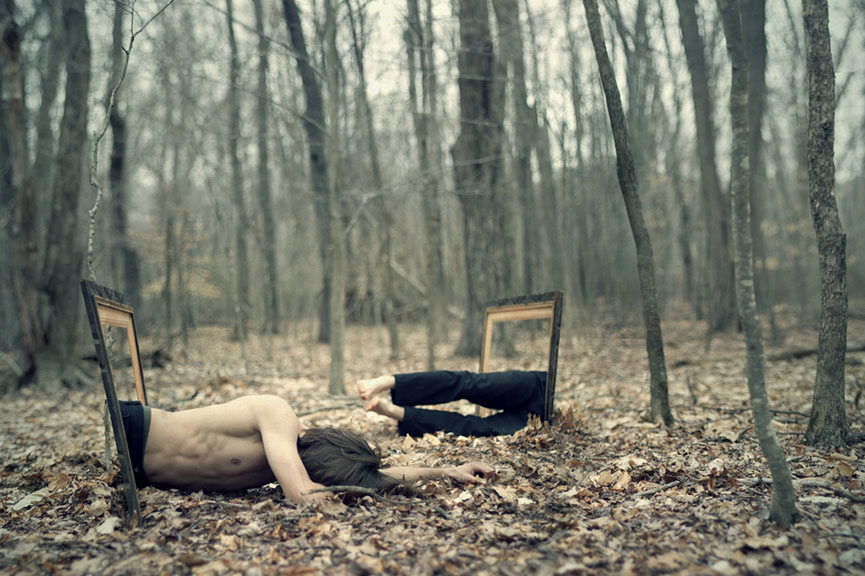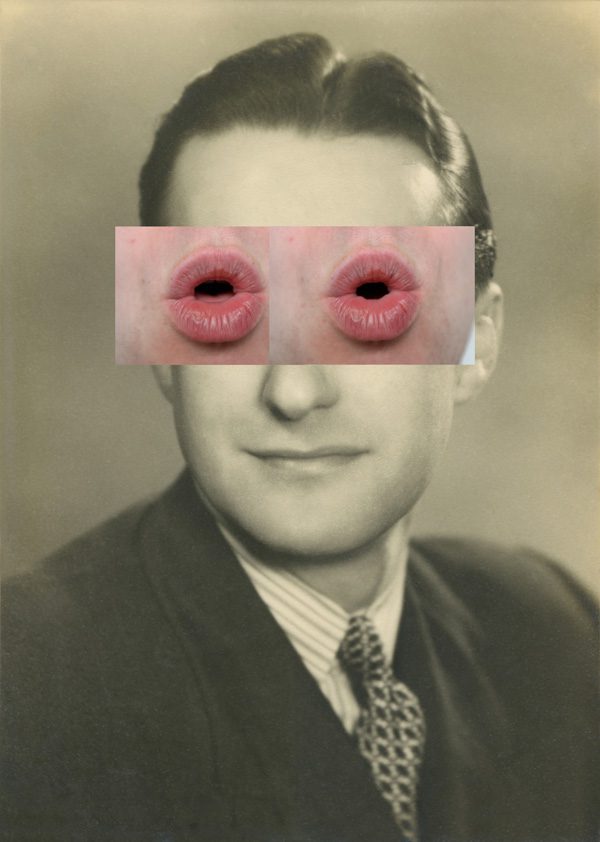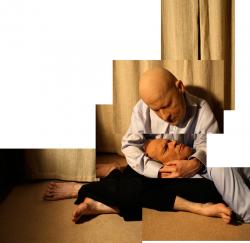The Société Jersiaise is a local archive available to Jersey CI as well as collecting information and images of other Channel Islands such as Alderney, Guernsey and Sark. It is accessed by a website:
http://societe-jersiaise.org/

The Société Jersiaise was founded in January 1873 by a small number of prominent Islanders who were interested in the study of the history, the language and the antiquities of Jersey. The main aim of Société Jersiaise is to preserve the history of the island for both tourists and locals. This shows how the island has changed and developed over time. They hold over 80,000 archival imagery dating back to 1840’s to more current images.
On Tuesday 13th of June we visited Société Jersiaise to learn about the archive and work with 2 photographers Jonny Briggs and Tanja Deman, who are are contemporary, cutting edge artists that use photographic techniques as a vehicle to explore the themes of Family and Environment. They also use archival imagery as an integral part of their practice, and cross reference psychology, psycho-analysis and philosophy too. The two artists are very different in the way they work, so at first I was unsure what to expect and take from the experience.
I learnt about how A2 photography was more about the meaning and background knowledge to your idea or concept. I realised this after our mini workshop with Jonny Briggs, who spoke about his background as a child growing up and how this then provides meaning to his photographs he now creates. I also learnt about achieves, which I were not really aware of, through the mini workshop with Tanja Deman and Karen Biddlecombe. This showed me that I could explore different types of media to use in my photographic work and to broaden my knowledge of Jerseys past as well as my own family archive.
What is an archive?
A collection of historical documents or records providing information about a place, institutions, or a group of people.
JONNY BRIGGS
http://www.jonnybriggs.com/
Jonny is a London born photographer, who has a different approach to the world of photography. All of his fine art photography has an underlying meaning, which is mostly relate to his family. Jonny spoke about his difficult relation with his father as his father struggled with a mental disorder, which made it hard for them to have a ‘normal’ father and son relationship. He revealed that at the beginning he did not like photography but felt he was drawn to it for this reason, the idea of being attracted to something that repulses you.

Jonny gave us the task to reconstruct an image that had been taken from the archive and we had to change the image to make it our own and we also had to provide an explanation to why we reconstructed it this way. This was my take on his task:

My reasoning behind this is it is supposed to show how the soldiers in the war did not leave the same person as they went in there as. I ripped his face, not completely but slightly revealing the pattern underneath the photo. This is supposed to represent their loss of identity and the damage they will be experiences not just physically but also mentally so this represents that their minds will never be the same after what they experienced.
I enjoyed Jonny’s workshop the most as it was the most interesting and I liked how there was always a meaning behind his photographs.
Tanja Deman
http://www.tanja-deman.com/
Tanja Deman is a contemporary artist working in the medium of photography, college and public art. Her art is inspired by her interest in the perception of space, physical and emotional connection to a place and her relationship to nature. She spoke to us about the images she had been looking at on the archives, which inspired her work to produce a project on the island of Jersey.

Tanja gave us a task to take 2 photos of ugly building in St.Helier, using the archives to help us decide where we wanted to go to take photos. These are my 2 photographs I took:

I felt this image was an ugly as the colours are faded and dull. The wall itself is clearly worn out, with crumbling scratches and marks showing disrepair, making it look extremely tacky and deteriorated. The metal bars remind me of sell bars in a prison or some sort of cage bars, behind the bars are pitch black, which empathises how the picture looks dull and worn out.

I chose this photograph as an ugly photograph because the tall buliding itself is ugly, repetitive and tedious. There are small black square repeated in rows in a basic shape of a rectangle, there is nothing exciting or attractive about this building. This is contrasted with the beautiful clouds in the rich blue sky as this is classed as a pretty sight.

































































